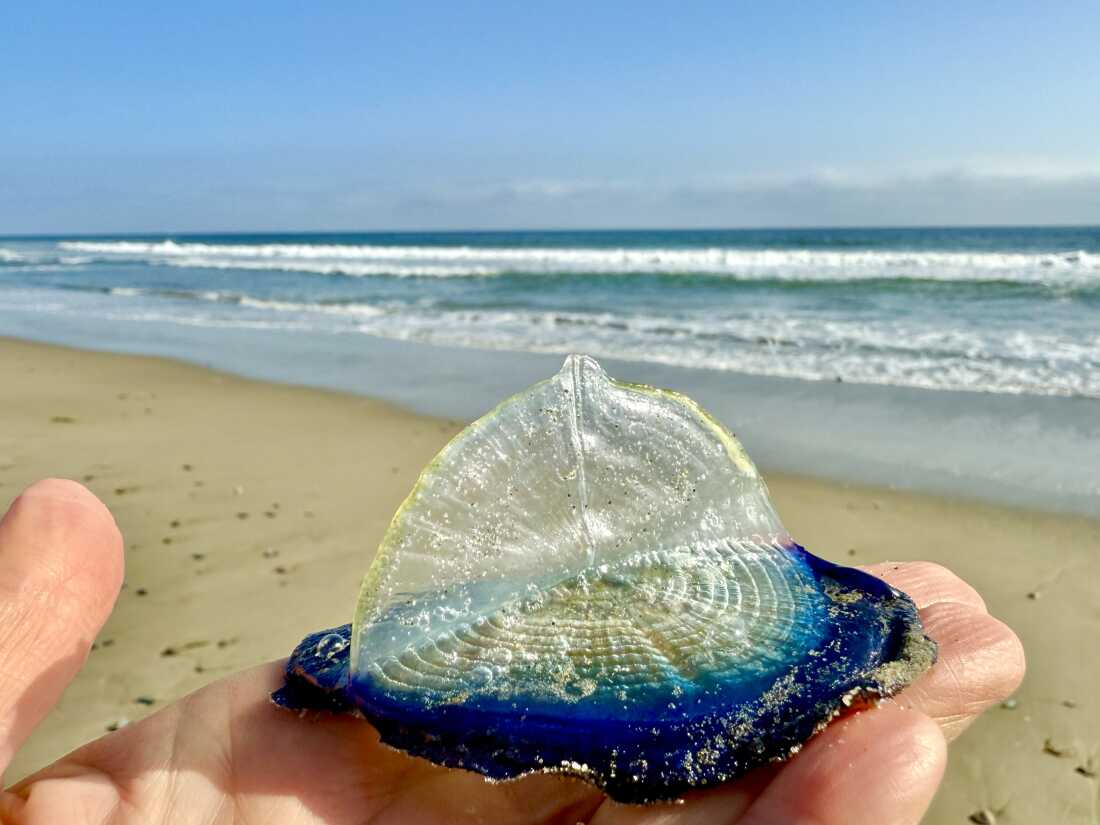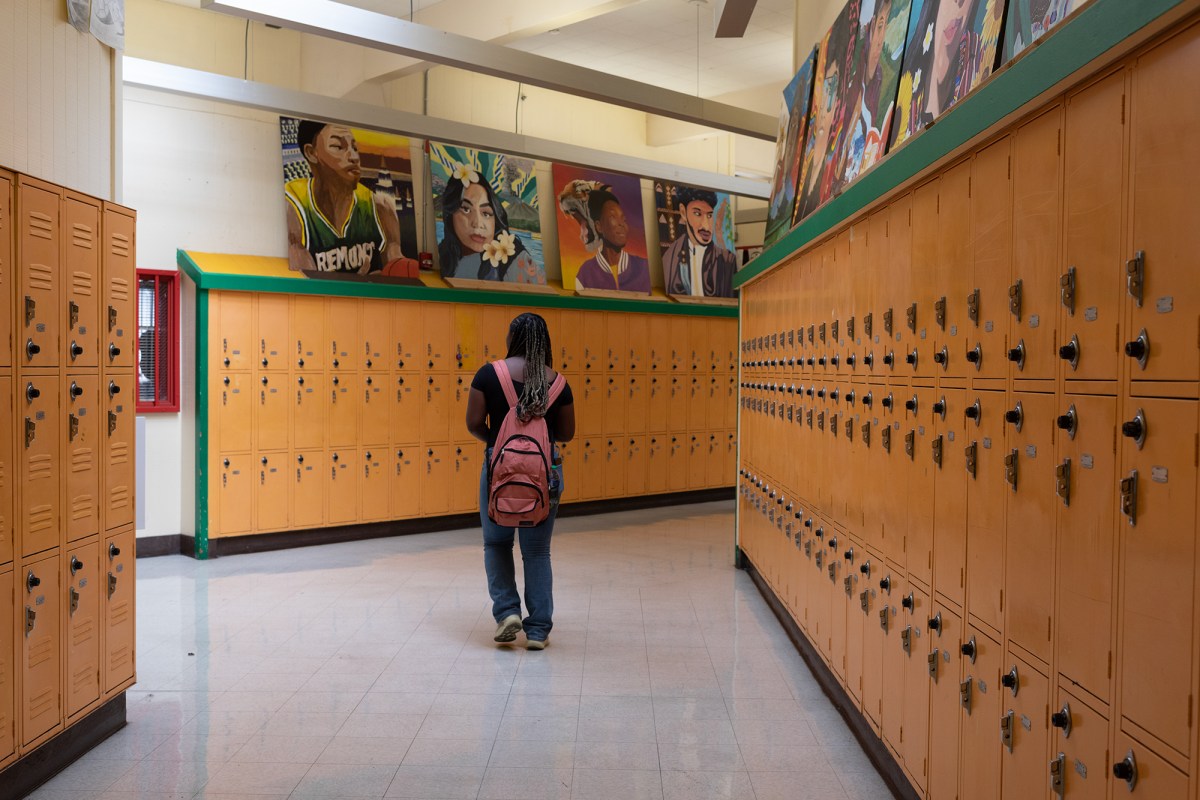Executive Summary
- Texas A&M and Canopy Aerospace are developing a 3D-printed material for spacecraft that uses transpiration cooling (releasing coolant gas) to protect against reentry heat.
- The technology aims to replace traditional heat shields, potentially reducing the time between spaceflights from months to hours.
- The project is supported by a $1.7 million Air Force grant and involves testing at Texas A&M's National Aerothermochemistry and Hypersonics Laboratory.
Event Overview
Texas A&M University's Department of Aerospace Engineering and Canopy Aerospace are collaborating on a project to create a more reusable spacecraft by developing a 3D-printed material that 'sweats' a coolant gas. This technology, supported by a $1.7 million Air Force grant, utilizes transpiration cooling to protect the spacecraft during atmospheric reentry. The goal is to replace traditional, less reusable heat shields with a system that allows for quicker turnaround times between missions, potentially revolutionizing space travel.
Media Coverage Comparison
| Source | Key Angle / Focus | Unique Details Mentioned | Tone |
|---|---|---|---|
| Phys.org | Development of a 'sweaty' spacecraft using 3D-printed material and transpiration cooling. | Highlights the roles of Dr. Hassan Saad Ifti, Dr. Ivett Leyva, and William Matthews, and mentions the National Aerothermochemistry and Hypersonics Laboratory. | Informative and optimistic about the potential of the technology. |
| Newsweek | Greener space travel through reusable 'sweaty' spacecraft technology. | Explains space junk issue. Provides context about the heat experienced during reentry and specifically mentions NASA's space shuttle and Orion spacecraft temperatures. Explains the re-fueling process for the coolant tanks. | Enthusiastic and emphasizing the environmental and economic benefits of reusable spacecraft. |
Key Details & Data Points
- What: Development of a 3D-printed silicon carbide material that releases coolant gas (transpiration cooling) to protect spacecraft during atmospheric reentry, potentially replacing traditional heat shields.
- Who: Texas A&M University's Department of Aerospace Engineering, Canopy Aerospace, Dr. Hassan Saad Ifti, Dr. Ivett Leyva, and William Matthews.
- When: Project ongoing, with initial wind tunnel testing underway at Texas A&M. The article from Phys.org was published April 30, 2025, but this seems to be a projected date based on the retrieval date.
- Where: Texas A&M Engineering Experiment Station's National Aerothermochemistry and Hypersonics Laboratory.
Key Statistics:
- Funding: $1.7 million (Air Force Small Business Technology Transfer grant)
- Reentry Temperature (NASA's space shuttle): ~2,700 degrees Fahrenheit
- Reentry Temperature (NASA's Orion): ~5,000 degrees Fahrenheit
Analysis & Context
The development of a 'sweaty' spacecraft represents a significant advancement in materials science and space technology. By utilizing transpiration cooling, this approach offers a potential solution to the challenges of extreme heat during atmospheric reentry. This could revolutionize space travel by enabling fully reusable spacecraft, reducing turnaround times, and lowering costs. The collaboration between Texas A&M and Canopy Aerospace combines academic expertise with industry innovation. The successful implementation of this technology could have far-reaching implications for both commercial and governmental space programs, making space travel more accessible and sustainable.
Notable Quotes
"Gas has a very low thermal conductivity. This is why a puffer jacket is so effective. It traps air in these pockets, so it is the insulation from the air keeping you warm, not the solid part of the jacket."
"We should see that the material's surface is cooler at hypersonic speeds when the coolant flow is introduced than the baseline when no coolant is present."
"I am optimistic about this technology. If all goes well, we could see sweaty spacecraft in the sky by the end of our lifetimes."
"This technology creates a gaseous layer as the rocket 'sweats' or transpires a coolant gas, which acts as the heat shield. Once the mission is complete, the coolant gas tanks can be refueled for the next mission. This would make the rocket more reusable, and perhaps one day, we will have a fully and rapidly reusable rocket, just like the aircraft we fly today."
Conclusion
The collaboration between Texas A&M University and Canopy Aerospace to develop a 'sweaty' spacecraft presents a promising avenue for achieving reusable space travel. By employing transpiration cooling with a novel 3D-printed material, this technology has the potential to replace traditional heat shields, significantly reduce turnaround times for space missions, and lower the overall cost of space exploration. While the project is still in its early stages, initial testing results will be crucial in determining the feasibility and commercial viability of this innovative approach. If successful, it could pave the way for a new era of more sustainable and accessible space travel.
Disclaimer: This article was generated by an AI system that synthesizes information from multiple news sources. While efforts are made to ensure accuracy and objectivity, reporting nuances, potential biases, or errors from original sources may be reflected. The information presented here is for informational purposes and should be verified with primary sources, especially for critical decisions.









